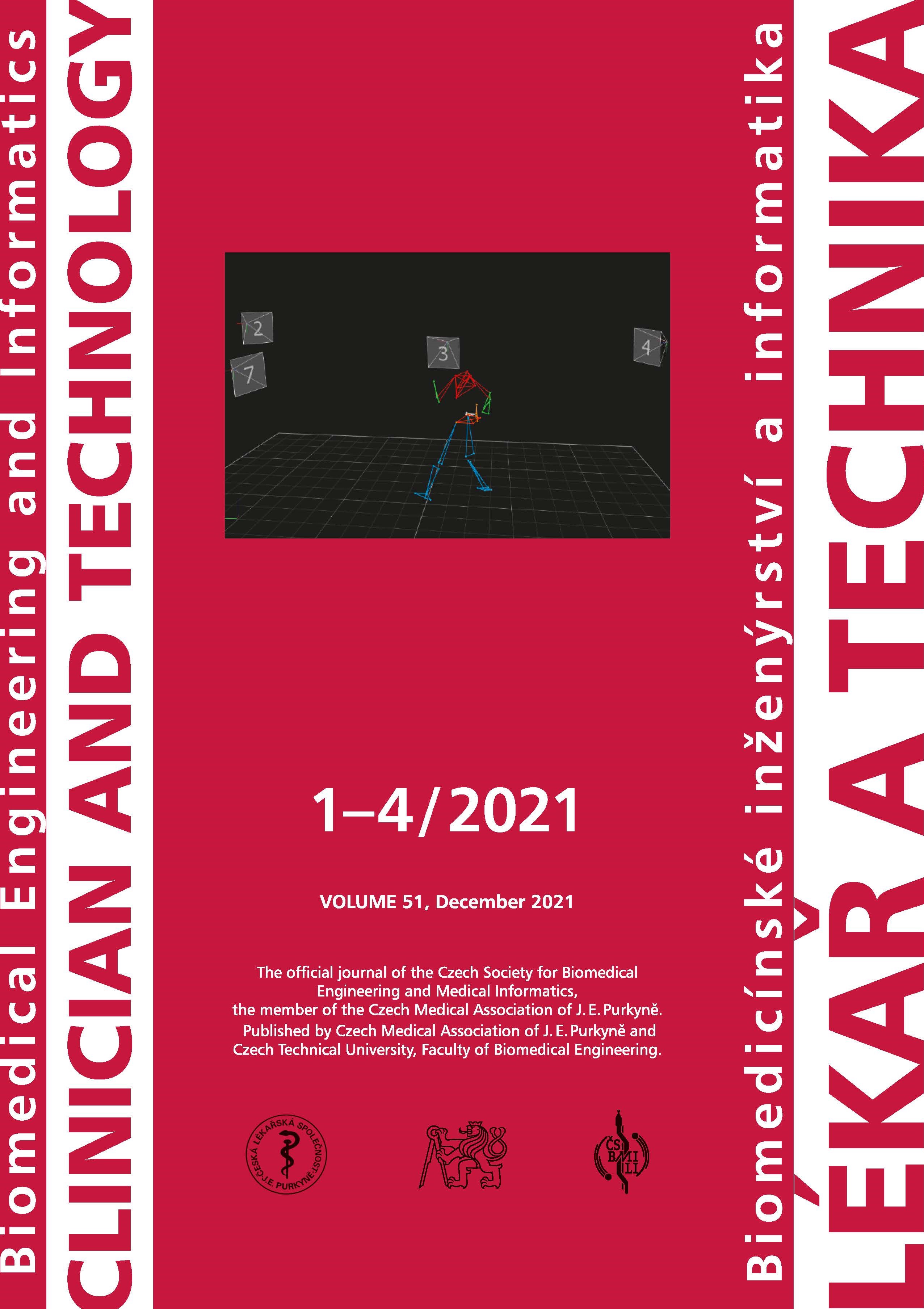INFLUENCE OF PACEMAKER TIMING ON DETECTION OF ATRIAL TACHYCARDIAS AND SIGNALS OF DIFFERENT FREQUENCIES
DOI:
https://doi.org/10.14311/CTJ.2021.1.07Abstract
The pacemaker (PCM) timing is a basic feature of the stimulation system. The device tries to bring the function of the heart with the conduction system disorder as close as possible to its original physiologically correct state. The main function of the PCM is a bradyarrhythmia therapy. Current devices are programmable and can adequately respond to any fluctuations in a heart rate from required values. Common parts of these devices are algorithms for the atrial tachycardias detection such as atrial fibrillation. The interpretation of a fast heart rate is affected by the pacemaker timing and different refractory intervals, especially in the case of tachycardias of lower frequencies. In this paper we discuss the effect of different atrial event frequencies to the adequate PCM response according to the timing behavior of the device. We prove our hypotheses by an experimental verification on the phantom of the pacemaker system by the in vitro method. The obtained results are compared with the case report from clinical practice. We set limit intervals for the detection of atrial tachycardias and verify the rate of the activation of the PCM program response for different frequencies. Finally, we discuss the behavior of cardiac implantable electronic devices (CIEDs) during the detection of signals of higher frequencies.
Downloads
Published
Issue
Section
License
Copyright (c) 2022 Jan Morava, Aneta Lhotová, Aleš Richter

This work is licensed under a Creative Commons Attribution 4.0 International License.
Authors who publish with this journal agree to the following terms:
- Authors retain copyright and grant the journal right of the first publication with the work simultaneously licensed under a Creative Commons Attribution License (https://creativecommons.org/licenses/by/4.0/) that allows others to share the work with an acknowledgment of the work's authorship and initial publication in CTJ.
- Authors are able to enter into separate, additional contractual arrangements for the non-exclusive distribution of the journal’s published version of the work (e.g., post it to an institutional repository or publish it in a book), with an acknowledgment of its initial publication in this journal.
- Authors are permitted and encouraged to post their work online (e.g., in institutional repositories or on their website or ResearchGate) prior to and during the submission process, as it can lead to productive exchanges.
CTJ requires that all of the content of the manuscript has been created by its respective authors or that permission to use a copyrighted material has been obtained by the authors before submitting the manuscript to CTJ. CTJ requires that authors have not used any copyrighted material illegally, as for example a picture from another journal or book, a photo, etc. It is the author’s responsibility to use only materials not violating the copyright law. When in doubt, CTJ may ask the authors to supply the pertinent permission or agreement about the use of a copyrighted material.
The opinions expressed in CTJ articles are those of authors and do not necessarily reflect the views of the publishers or the Czech Society for Biomedical Engineering and Medical Informatics.


